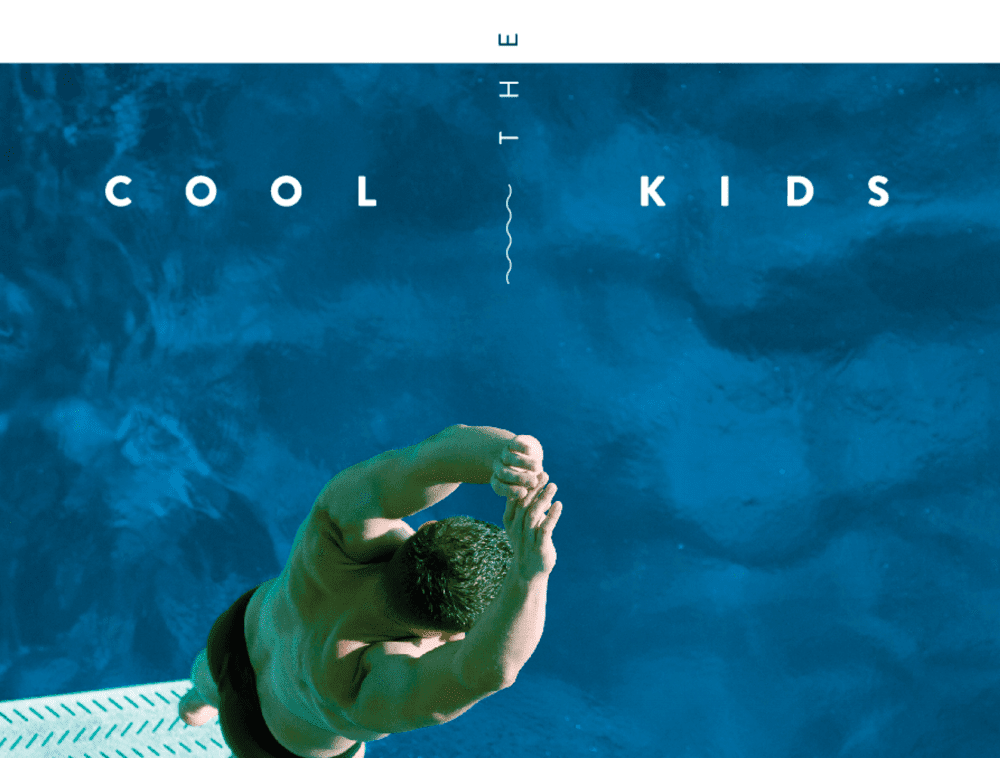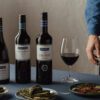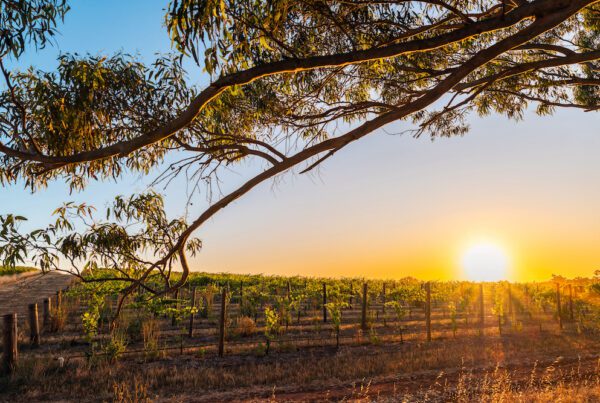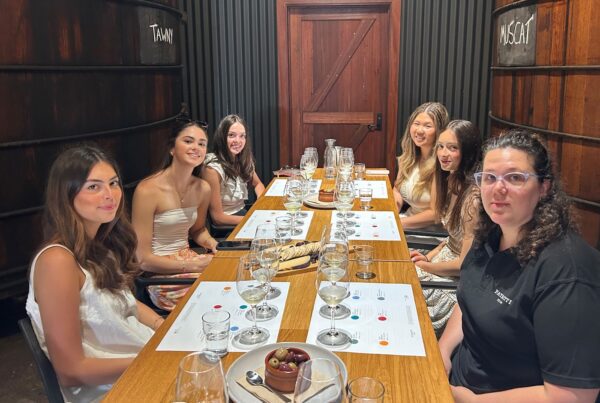
Launching and growing a new wine brand in Australia seems more difficult than ever before. So what’s behind the ones who make it?
Our market is saturated with thousands of brands competing for shelf space and restaurant listings. A duopoly dominates retail sales. Excess plantings mean low-cost competition is ever present. Many distribution businesses are struggling to find financially stable models, so good distribution is hard to find, and expensive.
All of which makes watching the success of some of the up-and-coming stars of the wine business absolutely fascinating.
Why are these hot new wineries succeeding while hundreds of more established, more resourced and better known wineries are struggling to stay relevant?
How has Ministry of Clouds made such an impact with wines from classic varieties, mainly from one of our most traditional warm-climate wine regions?
Why is Jamsheed on more wine lists in New York than pretty much any of the famous names in the Langton’s classification?
Why is Jamsheed on more wine lists in New York than pretty much any of the famous names in the Langton’s classification?
Does everyone opening a wine bar in Australia automatically list Brash Higgins?
How has Mac Forbes become as synonymous with Yarra Valley pinot noir as Coldstream Hills or TarraWarra, in what seems like a few short years?
The rise and falls of wine brands are nothing new, but rather than just marvelling at them or being jealous of them, there must be some things we can understand better from their success.
What makes their brands and wines the right wines for the times?
I quizzed four of what I believe are our most over-achieving young wine businesses (Jamsheed, Mac Forbes, Brash Higgins, and Ministry of Clouds) to see what they think is important in building their brands.
Packaging
One thing the new wave seems to do incredibly well, is packaging. The thinking behind the packaging is what I want to understand. For Brad Hickey from Brash Higgins, the aim of the packaging is to “tell you about the wine inside” and to “be a look inside the creator’s aesthetic sensibilities”.
Mac Forbes made a similar point: “You do need to factor in design to communicate to some degree what it is you are doing… communication is important.” Thinking about some of Mac’s labels, the prominence of the subregions on his Yarra Valley pinots is a clear example of communicating what’s important about those wines.
Gary Mills from Jamsheed was also on this wavelength, noting the example of “the ‘natural’ wine movement where hand-drawn illustrative ‘non-wine-label’ wine labels identify the wine as a natural wine.”
The most successful new brands give packaging a high priority, whereas most wine businesses don’t give it the time or money it deserves. Increasingly, wine bars and restaurants use wine as part of their look… think about the wines on display at Wine Library and Redfern Continental in Sydney or City Wine Shop and Harry and Frankie in Melbourne.
Can a great package that fits the venue get a wine over the line with a listing?
It’s nothing new that labels are important on premise as well as off – maybe what’s new is that more people are cottoning on to this. Can a great package that fits the venue get a wine over the line with a listing? Absolutely, and there’s nothing wrong with that. There are two types of people: those who know they are influenced by packaging, and those who are just as influenced but who deny it. And wine buyers are people, too, even when we’re acting like sheep.
The three key points to remember:
- Quality of packaging “has become vital”.
- Packaging should communicate what’s in the bottle, and the “creator’s aesthetic”.
- It is “important to get it right from the get-go”.
Distribution
In spite of the demands on people’s time in a small business, the view is that it is well worth doing it yourself, at least at the start, and at least in some markets.
“We loved doing our own distribution as it provided the opportunity to tell our own story and to gauge real responses to the wines,” Ministry of Clouds’ Julian Forwood and Bernice Ong said.
Mac Forbes had similar advice: “Start by doing your own… great chance to tell your story and to meet trade.” The better margins of going it alone were also mentioned, with self-distribution seen as “the ultimate” (Hickey), but not always possible.
The challenges of logistics when going it alone became issues for both Ministry of Clouds and Brash Higgins. The reliability of courier companies was an issue for Ministry of Clouds, and the difficulty of achieving high service levels in Sydney and Melbourne for Brash Higgins led them both to a hybrid model, using “small, high-quality distributors” in some markets, and self-distribution in one or more markets.
The three key points about distribution were:
- Start by doing your own distribution – build relationships in the process and understand more about the market in the process. “Relationships are the key to success in this industry.”
- “Pick your distributors and markets carefully.”
- “Resist the temptation to grow too fast too quickly.”
20/20 hindsight
So if they had their time again, what might they do differently?
For a couple of them, it was go into it with more cash. Take the chance to invest in vineyards early, rather than later when values have gone up. Other nuggets: “Don’t work with shit fruit. Start when the vineyards warrant it.”
Ministry of Clouds would “probably not go three years without a website,” as they still don’t have one, which shows how hard it is to do everything but also shows something all these four businesses share – a big focus on getting things right internally with the wines and the packaging, and a big effort made to build relationships externally, particularly direct relationships with trade.
Investing time and effort and resources in these areas might mean not getting around to a website in the first three years. But it’s a case of “how to get the greatest value from the limited hours in our day”.
Being lean, hungry and focused is driving these wine businesses to great results in one of the toughest environments imaginable.
David LeMire MW is sales and marketing manager for Adelaide Hills winery Shaw + Smith, and Tolpuddle vineyard in Tasmania. He is also a writer, educator and show judge.













Recent Comments